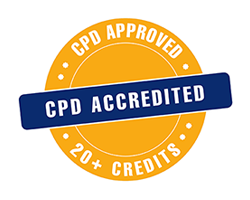Title : Rehabilitation Medicine In The Treatment Of Orofacial Pain Associated with Temporomandibular Disfunction
Abstract:
Temporomandibular disorders (TMD) are a group of musculoskeletal diseases affecting masticatory muscles, temporomandibular joints (TMJ) and associated structures, which can significantly influence a patient’s quality of life.Although the etiology it is not clear, it has been accepted as multifactorial (structural, hormonal, environmental factors).In humans, TMD has a frequency of from 25 up to 60% in some studies and affects mainly women between 30-50 yearsold. Studies in veterinary medicine are scarce and clinically orofacial pain of non-dental origin is underdiagnosed. Alsoin Veterinary Medicine, the main symptoms of TMD can be misleading as they can occur in several other diseases.
One of the most important consequences of this group of disorders is the occurrence of orofacial pain,
presenting as myofascial pain and/or arthralgia. Central sensitization is believed to play an important role in TMD, being this phenomenon defined as an amplified response of the central nervous system to sensory stimuli and peripheral nociception, characterized by hyperexcitability in the dorsal horn neurons in the spinal cord which ascend through the spinothalamic tract.
The main objectives of managing TMD patients are: decreasing pain, increasing TMJ function, and reducing
the reflex masticatory muscle spasm/pain. In human literature, physical rehabilitation has been accepted as a first-line of treatment option, in conjunction with a pharmacological approach. The techniques and modalities most often described vary from lasertherapy, to passive range of motion exercises, joint mobilizations and shock wave therapy. Although it is an area of increasing interest in human medicine there is not a standard approach to these dysfunctions, as in the veterinary there is a long way to go, from early diagnose, to deeper understanding of how it affects our small animal population and new treatment approaches.
This presentation aims to describe the systematic assessment and diagnosis of TMD and orofacial pain in
companion animals and the rehabilitation technics and modalities used to treat this group of dysfunctions in clinical
routine.
Audience Take Away:
• Explain how the audience will be able to use what they learn?
- Raise awareness about orofacial pain and its impact on companion animals quality of life
- Demystify the diagnose and evaluation of TMD and orofacial pain
- Non-invasive modalities and rehabilitation technics for orofacial pain treatment
- Enhance pain control measures to improve patient quality of life



